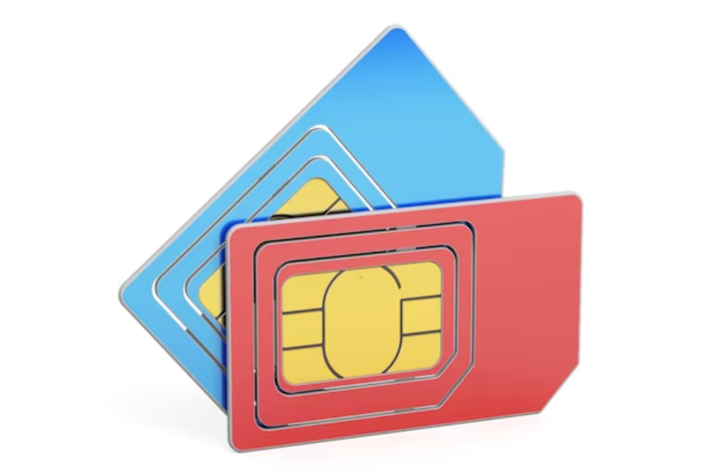Continuing evolution and miniaturisation of mobile devices required a reduction in SIM card sizes, which were later replaced by the Micro-SIM or 3FF (Third Form Factor) SIM card at the end of the first decade of the 21st century. The micro-SIM was introduced with the smartphone revolution as enhanced and more powerful mobile devices were built. The need for more space was crucial to add further features and characteristics such as larger batteries. Here we explore the evolution and characteristics, as well as the implications of the revolutionary invention – the Micro-SIM (3FF) – which in turn, enormously affected the form factor, size and capabilities of the contemporary modern smartphones.
Design and dimensions
The Micro-SIM card was 15mm x 12mm, about two-thirds the surface area of the Mini-SIM (2FF), but with the same contact area. This increase in plastic area was not compatible with the phone-card architecture of the cellular network, which is why the change was only possible by forfeiting the phone-card concept altogether.
Storage and functionality
With the Micro-SIM, even if the physical form of the SIM card was greatly shrunken, performing those functions was still very much retained. From a user’s perspective, the Micro-SIM continued to store IMSI, authentication keys and SIM file storage, allowing for a smooth transition from the Mini-SIM.
The impact of Micro-SIM cards
Facilitating smartphone innovation
For smartphone manufacturers, the arrival of the Micro-SIM was a windfall. By reducing the SIM card to a fraction of its low-tech ancestor, a precious bit of space could be found for other vital components: a larger memory box, a faster processor, a fatter battery. It’s an art of optimisation that has led to today’s feature-packed, high-performance smartphones.
The challenge of transition
The jump from Mini-SIM to Micro-SIM, like any trade off of convenience for other benefits, posed a learning curve. Users and mobile network operators had to adapt to the smaller form factor (and users often had to use adaptors because they still had devices designed for the Mini-SIM, or had to obtain a new Micro-SIM from their carriers).
Setting the stage for future evolution
Micro-SIM served as a prototype for what would become an iterative evolution of SIM cards, testament to the fact that the technology industry can still innovate and evolve its products to meet the needs of shifting technologies and users. Micro-SIM would be followed by other smaller SIM cards, such as the Nano-SIM (4FF), and eventually embedded SIM technology.
In summary
- Characteristics:
- Suited the design of sleek smartphones, providing space for larger batteries and advanced features
- Continued to offer secure network access and user identity authentication
- Usage and features:
- Enabled the design of slimmer, more feature-rich smartphones
- Maintained essential functions such as storage and security but in a smaller package
- Pros:
- Allowed for slimmer devices with more space for other components
- Cons:
- Required new manufacturing processes and was not backward compatible without an adaptor
Comment on this article via X: @IoTNow_











